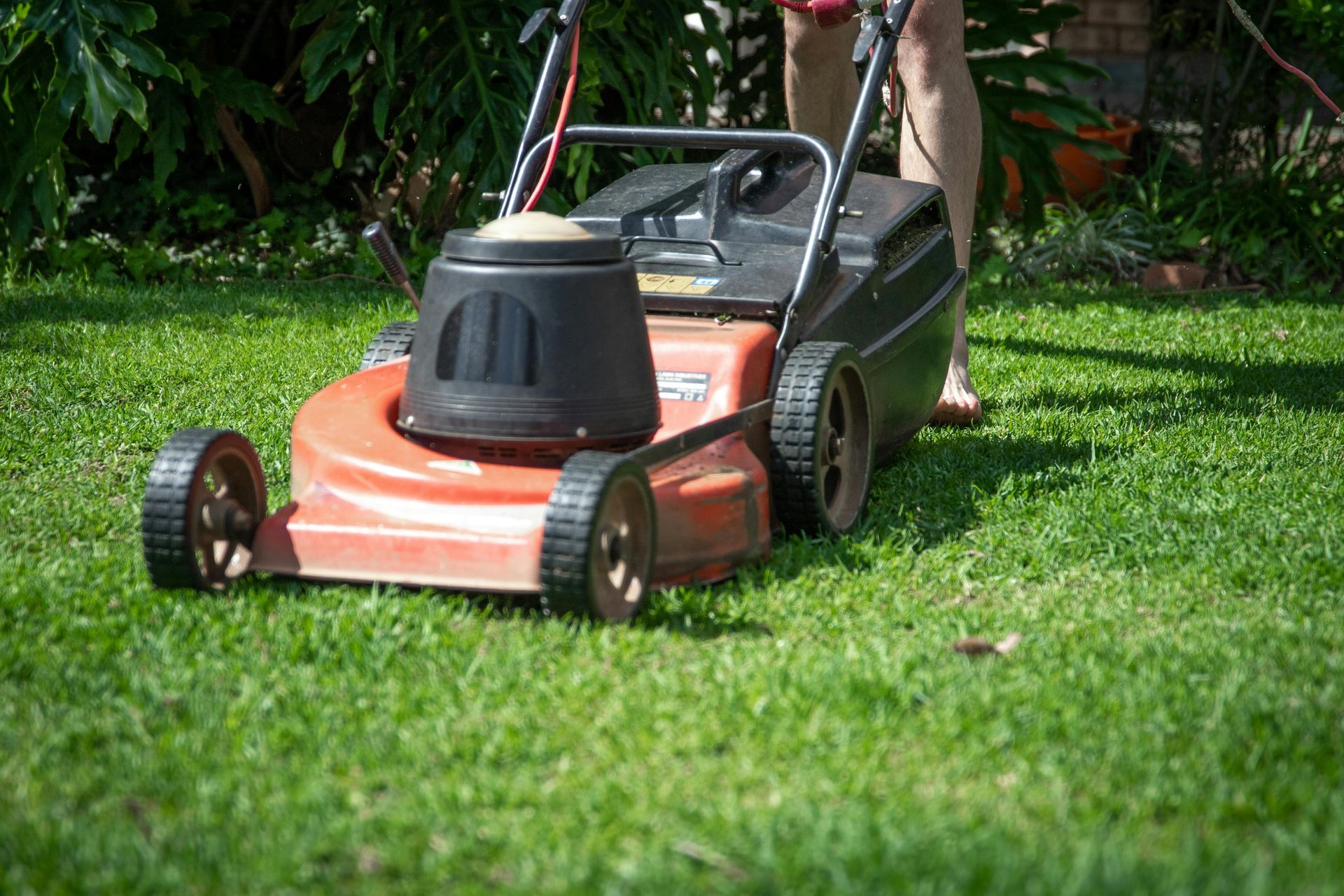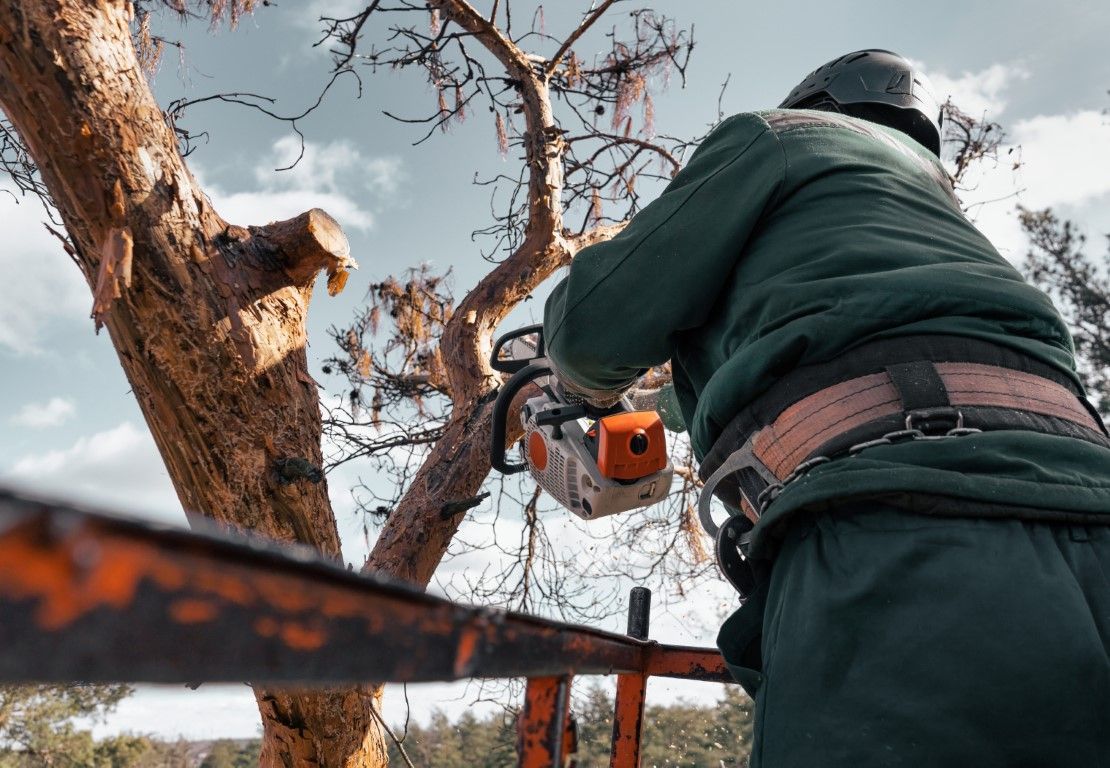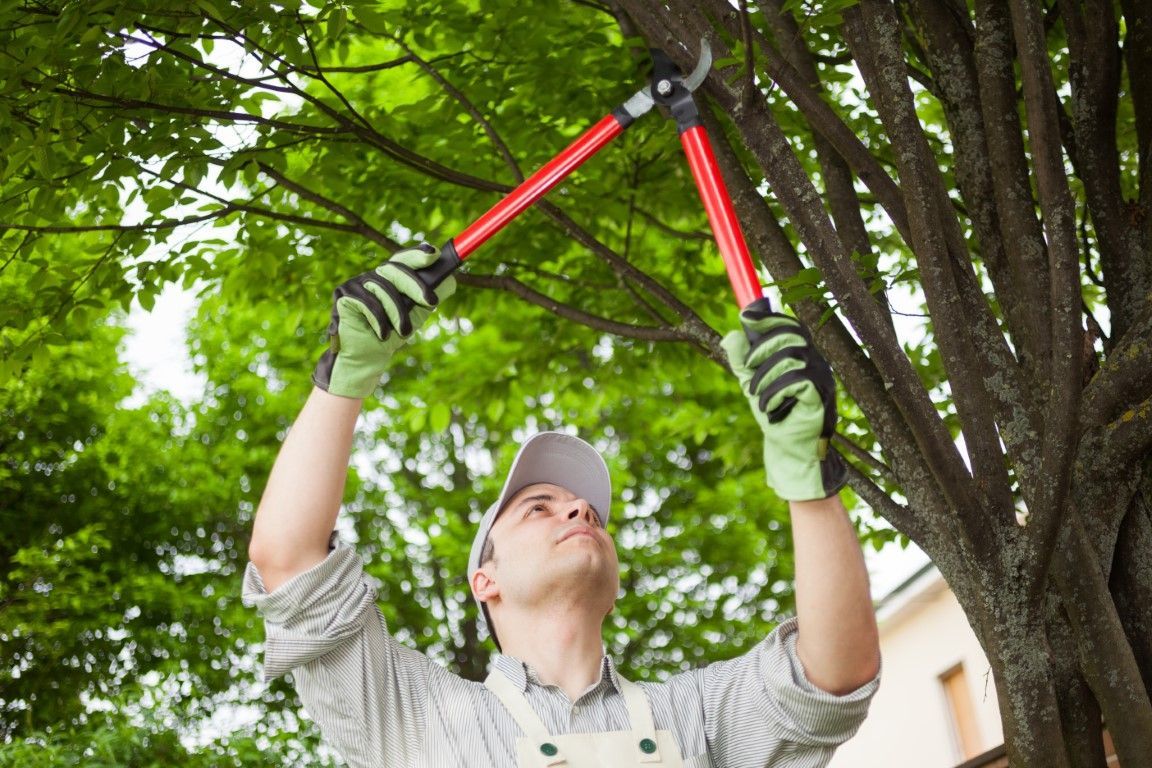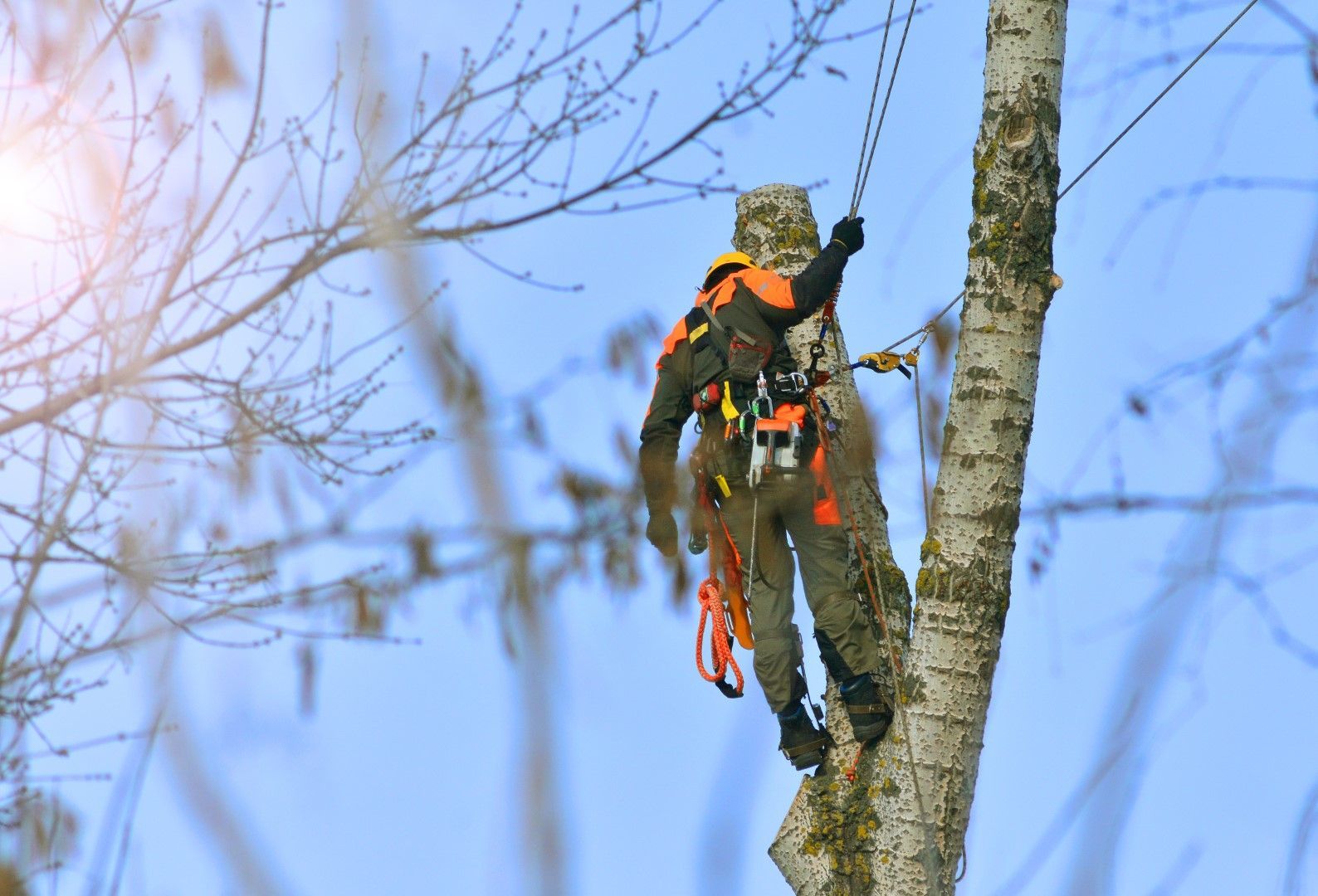Safe Steps for Removing Trees: Protecting Your Property and Yourself
Removing a tree is a big job. Whether it's sick, dead, or just taking up too much space, you need to check how healthy it is and plan carefully before taking it down. Safety is super important, so it's best to get help from experts who know how to do it safely.
Even though pros are best for the job, it's good to know the basics too. First, check if the tree has any problems like dead branches or bugs. If it's leaning funny or has weak roots, it might need to go. Next, if you do decide to remove it, think about how big it is and where it's at in your yard. Plan how to get rid of it safely and make sure you have the right gear to protect yourself.
- To safely remove a tree, start by evaluating its health and potential risks like disease, damage, or structural issues. Determine if removal is necessary, considering factors like tree type and local regulations.
- Plan ahead by assessing tree size, location, and disposal methods. Obtain required permits and ensure you have the right equipment for the job.
- Use specialized tools like chainsaws, wood chippers, and stump grinders for safe tree removal. Professionals also employ aerial lift trucks, ropes, and harnesses.
- Choose the appropriate removal method based on the tree's size, condition, and location. Options include directional felling, sectional felling, rope-assisted felling, and stump grinding.
- Prioritize safety by wearing protective gear, maintaining awareness of surroundings, planning escape routes, and avoiding electrical hazards. Always follow local regulations and consider insurance coverage for tree removal accidents.









